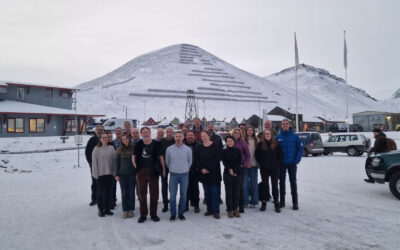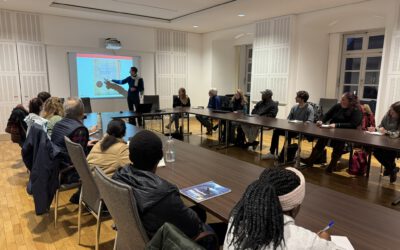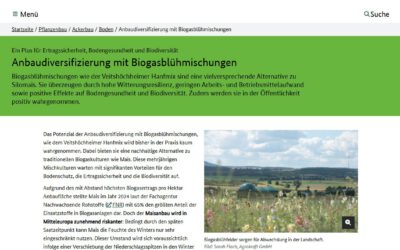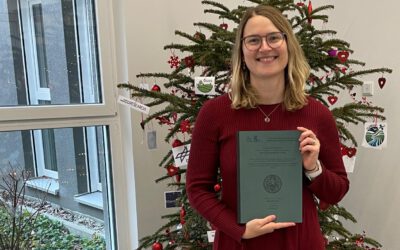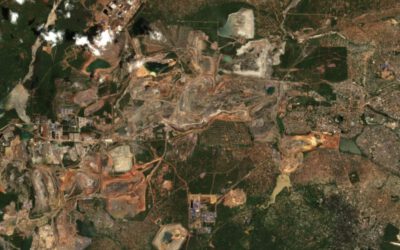Last week, Laura, an 8th gen EAGLE Student, participated in the Summer School of Alpine Research, conducted by the University of Innsbruck, in the beautiful location of the Austrian Oetztal in Obergurgl. The focus of the Summer School was on Close Range Sensing Techniques for investigating Alpine Environments. Talks by experts from TU Delf, TU Wien, TU Dresden, TU Munich and Heidelberg University were accompanied by fieldwork to collect and analyze data on the alpine environment.
Laura’s group was assigned with quantifying erosion rates along an alpine riverbed through Terrestrial Laser Scanning (TLS). After the fieldwork, the analysis of the multitemporal 3D point clouds with the py4Dgeo Python library and in CloudCompare followed. The group aims at publishing the results in the ISPRS Journal of Photogrammetry and Remote Sensing. If successful, the work will also be presented by one of her colleagues at the ISPRS Geospatial Week in Dubai in April 2025.
The Summer School of Alpine Research is organized every two years by the University of Innsbruck and focuses on LiDAR, photogrammetry and thermal sensors. During this year’s summer school, interdisciplinary topics like creating a digital twin of the valley as well as creating 3D models of rock climbing routes were also concerned.
Links:
https://www.uibk.ac.at/en/geography/sensing-mountains/2024/
https://py4dgeo.readthedocs.io/en/stable/intro.html
you may also like:
EORC participates in Svalbard vegetation and biomass monitoring workshop
Recently, EORC researches and partners participated in the SvalbardMonitoring workshop, a four-day event organized by the Norwegian Institute for Nature Research (NINA) in Longyearbyen, Svalbard. The workshop focused on Arctic vegetation and biomass research, with a...
Exploring Innovative Science Communication: A Visit to Würzburg City Hall
As part of our seminar “Perspectives on Innovative Science Communication”, in which we are developing an exhibition on young scientists and future-oriented topics in Würzburg and its partner city Mwanza in Tanzania, we recently visited Würzburg City Hall. City...
Remote sensing insights into biogas flowering mixtures
Perennial wildflower mixtures are gaining importance as an alternative to maize in biogas production. As highlighted in the praxis-agrar article on crop diversification with biogas flowering mixtures, they combine agricultural use with clear ecological benefits....
EORC Contributions to the Centenary Atlas of the Geographical Society of Würzburg
EORC Contributions to the Centenary Atlas of the Geographical Society of Würzburg (with German version below) Satellite-based Earth observation has become a cornerstone of contemporary geographical research, particularly for analyzing global dynamics, environmental...
PhD submitted by Julia Rieder
We are pleased to share that our PhD student Julia Rieder has successfully submitted her doctoral thesis! Her dissertation, entitled “Abiotic and biotic drivers of drought responses in European beech (Fagus sylvatica L.) inferred from field and LiDAR data”,...
New Funded Project on Automated Detection of Mining Areas
In a newly launched research project funded by the KSB Foundation, we focus on the automated identification of mining areas based on remote sensing data. The aim is to systematically detect large-scale mining activities and to track their spatial and temporal...




